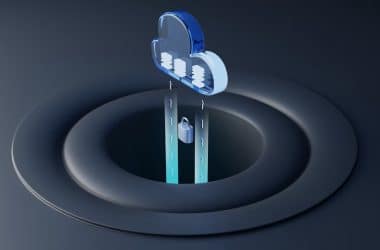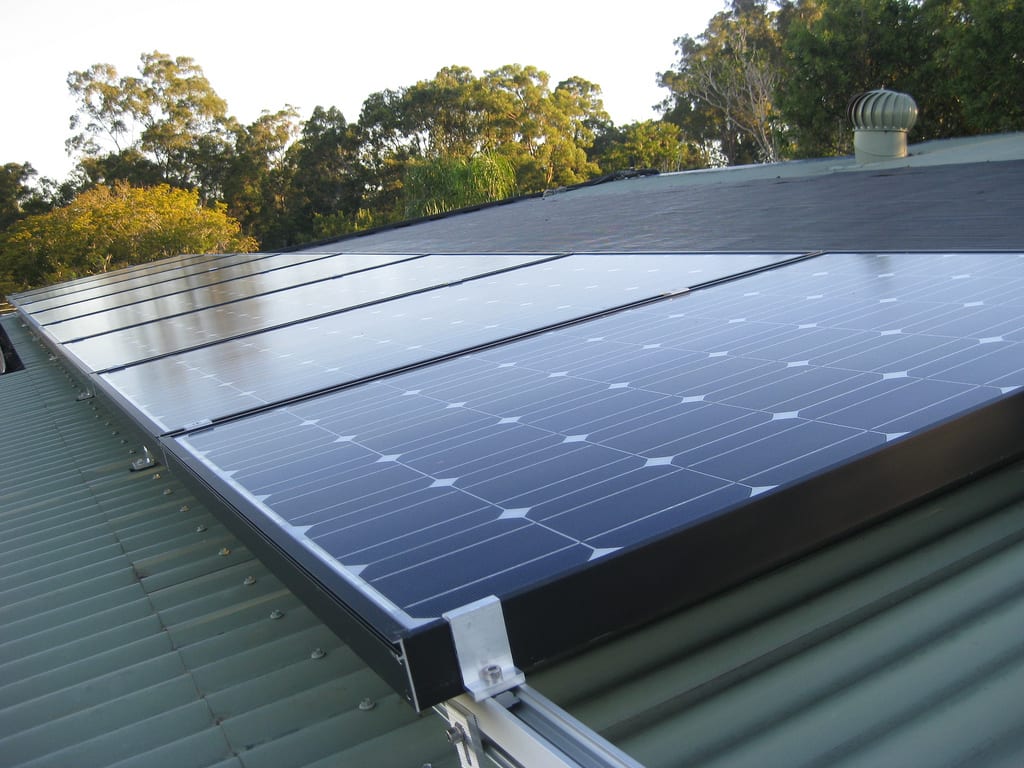Originally published on Cleantechnica.
By James Ayre.
Thin-film solar cells may soon possess the ability to absorb a notably larger portion of the light that strikes them, thanks to the recent development of a “superabsorbing” design by researchers at North Carolina State University.

As well as improving the light absorption efficiency of thin-film solar cells, the new design could help to bring down manufacturing costs, as the thickness of the semiconductor materials used can be reduced by more than an order of magnitude (compared to conventional designs) without limiting light absorption.
“State-of-the-art thin film solar cells require an amorphous silicon layer that is about 100 nanometers (nm) thick to capture the majority of the available solar energy,” explains Dr Linyou Cao, an assistant professor of materials science and engineering at NC State, and senior author of the new paper describing the work. “The structure we’re proposing can absorb 90% of available solar energy using only a 10 nm thick layer of amorphous silicon.
“The same is true for other materials. For example, you need a cadmium telluride layer that is one micrometer thick to absorb solar energy, but our design can achieve the same results with a 50 nm thick layer of cadmium telluride. Our design can also enable a 30 nm thick layer of copper indium gallium selenide to fully absorb solar light. That’s a huge advance.”
This is an especially important advance when you consider the fact that (relatively expensive) semiconductor materials are one of the major limiting factors when it comes to lowering the costs of thin-film solar cells.
“A decrease in the thickness of semiconductor materials by one order of magnitude would mean a substantial improvement in manufacturing productivity and reduction in cost,” Cao states, “because the cells would use less material and the thin films could be deposited more quickly.”
North Carolina State University provides more:
In cross-section, the new design looks like a rectangular onion. The light-absorbing semiconductor material coats a rectangular core. The semiconductor, in turn, is coated by three layers of anti-reflective coating that do not absorb light.
To develop the design, the researchers began by examining the maximum light absorption efficiency of semiconductor materials using light-trapping techniques. They found that maximizing solar absorption requires a design in which the light-trapping efficiency for solar light is equal to the intrinsic absorption efficiency of the semiconductor materials. In other words, in order to maximize solar absorption, you need to match the amount of solar light trapped inside the structure and the amount of solar light that could be absorbed. The researchers then designed the onion-like structures to match their light-trapping efficiency with the absorption efficiency of the semiconductor materials in thin-film solar cells.
“We first theoretically predicted the maximum solar light absorption efficiency in given semiconductor materials, and then proposed a design that could be readily fabricated to achieve the predicted maximum. We developed a new model to do this work, because we felt that existing models were not able to find the upper limit for the solar absorption of real semiconductor materials,” Cao states. “And if this works the way we think it will, it would fundamentally solve light-absorption efficiency problems for thin-film solar cells.”
“The superabsorbing structure is designed for the convenience of fabrication, and we are looking for partners to produce and test this design,” Cao continues. “The structure should be very easy to produce with standard thin-film deposition and nanolithography techniques. We are happy to work with industry partners to implement this design in the production of next-generation solar cells”.








